Discover how to handle suspension repair. Learn to identify issues, understand repair steps, costs, and explore upgrade options for a smoother ride.
Suspension repair is important for your car’s safety and comfort. If you feel bumps more, see uneven tire wear, or hear noises, your suspension may be the problem. Here, we look at how to find these issues, repair them, and know the costs. We will also talk about upgrading your suspension for better handling. This article will help you understand suspension systems and make the best choices for your vehicle.
Understanding Suspension Systems
A suspension system is vital for vehicle performance, safety, and comfort. It acts as a cushion between the vehicle’s body and its wheels, absorbing shocks and ensuring a smooth ride.
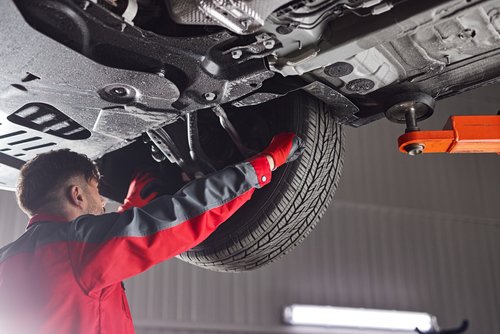
Key Components
- Shocks: Absorb and dampen the impact of bumps and vibrations.
- Struts: Provide structural support and control the vehicle’s handling.
- Coil Springs: Support the vehicle’s weight and absorb shocks from the road.
Types of Suspension Systems
- Independent Suspension: Each wheel operates independently, providing better handling and comfort.
- Dependent Suspension: Wheels are connected by an axle, typically seen in older vehicles and some trucks.
Functions of Suspension Systems
The suspension system enhances vehicle handling, ride comfort, and safety. It ensures that the vehicle maintains contact with the road, improving control and stability.
Identifying Suspension Issues
Recognizing suspension problems early can prevent more serious issues and costly repairs. Here are common symptoms to watch for:
- Bumpy or Uncomfortable Ride: If the ride feels rough, it may indicate worn shocks or struts.
- Uneven Tire Wear: Misalignment or worn suspension components can cause tires to wear unevenly.
- Pulling to One Side: This could be a sign of alignment issues or damaged suspension parts.
- Noise During Driving: Clunking or rattling noises may suggest loose or damaged components.
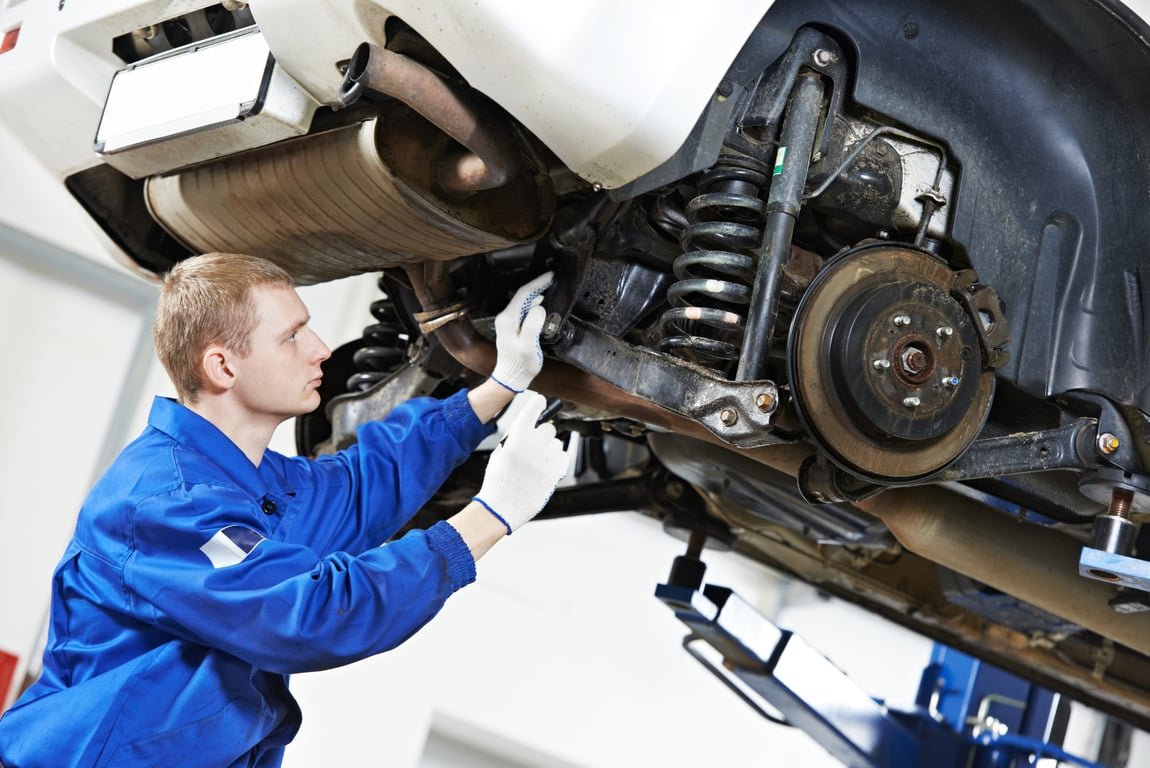
Diagnostic Methods
To diagnose suspension issues:
- Visual Inspection: Check for visible damage or wear on suspension components.
- Road Test: Drive the vehicle and note any unusual noises or handling issues.
- Professional Diagnostics: A mechanic can perform a thorough inspection to identify problems.
Suspension Repair Procedures
Repairing suspension components requires precision and the right tools. Here’s a guide to common repair procedures:
Steps for Repairing Suspension Components
- Shock Absorber Repair and Replacement: Replace worn shocks to restore ride quality.
- Strut Servicing and Replacement: Address strut issues to improve handling and stability.
- Coil Spring Repair or Replacement: Replace damaged springs to ensure proper support and comfort.
Tools and Equipment Needed
- Basic Tools: Wrenches, screwdrivers, and jack stands for DIY repairs.
- Specialized Tools: Spring compressors and alignment tools for professional work.
DIY vs. Professional Repair
- DIY Repair: Cost-effective but requires skill and proper tools.
- Professional Help: Ensures repairs are done correctly and safely, with a warranty.

Cost of Suspension Repair
Understanding the cost of suspension repair helps you budget and make informed decisions.
Factors Affecting Repair Costs
- Type of Vehicle: Costs vary for different types of vehicles, such as SUVs vs. sedans.
- Severity of the Issue: Minor repairs are less expensive than major replacements.
- Parts and Labor Costs: Prices for parts and labor can vary by location and repair shop.
Estimated Costs for Common Repairs
- Shock Absorber Replacement: Typically costs between $200 and $400.
- Strut Replacement: Generally ranges from $400 to $800.
- Coil Spring Repair: Costs around $300 to $500.
How to Get Accurate Cost Estimates
- Get Quotes: Contact repair shops for quotes on parts and labor.
- Understand Breakdown: Ask for a detailed breakdown of costs.
Preventive Maintenance for Suspension Systems
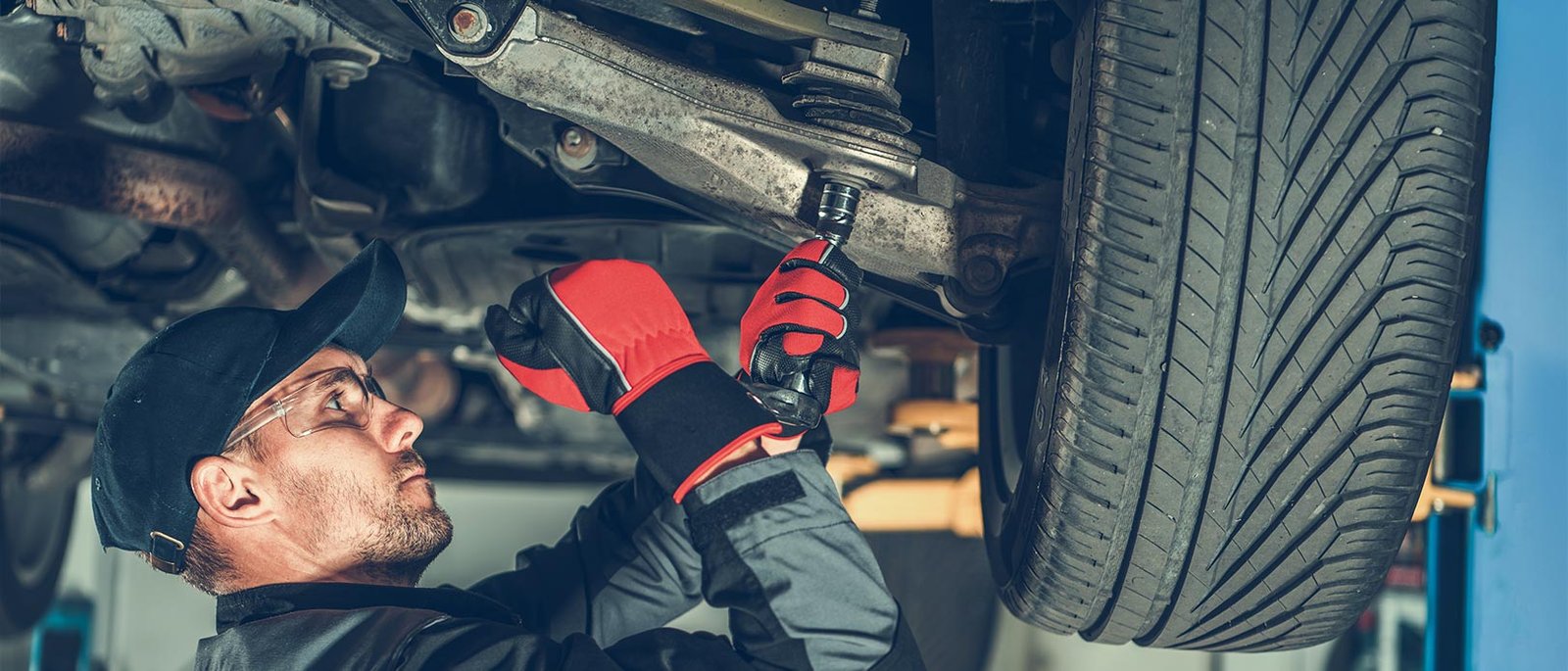
Routine maintenance helps prevent suspension issues and extends the lifespan of components.
Routine Maintenance Practices
- Regular Inspections: Check suspension components regularly for wear and damage.
- Proper Alignment and Balancing: Ensure wheels are properly aligned and balanced to prevent uneven wear.
Tips for Extending Suspension Life
- Driving Habits: Avoid harsh driving and excessive road impact.
- Timely Repairs: Address issues as soon as they arise to prevent further damage.
When to Schedule Maintenance
- Recommended Intervals: Inspect suspension components every 50,000 miles or as recommended by the manufacturer.
- Signs for Maintenance: If you notice symptoms of suspension problems, schedule an inspection immediately.
Choosing the Right Suspension Repair Shop

Selecting a reliable repair shop ensures quality service and peace of mind.
Criteria for Selecting a Repair Shop
- Certifications and Experience: Look for shops with certified technicians and experience in suspension repair.
- Customer Reviews and Ratings: Check reviews for customer feedback and satisfaction.
- Warranty and Service Guarantees: Ensure the shop offers warranties on repairs.
Questions to Ask Before Committing
- Service Details: What is included in the repair service?
- Additional Charges: Are there any potential extra costs?
Understanding Service Guarantees
- Warranty Expectations: Know what the warranty covers and its duration.
- Handling Service Issues: Understand the process for addressing any problems with the repair.
Suspension System Upgrades and Enhancements
Upgrading your suspension can improve vehicle performance and comfort.
Benefits of Upgrading Suspension Components
- Improved Handling: Enhanced control and stability on the road.
- Enhanced Safety: Better handling can lead to safer driving conditions.
Types of Upgrades
- Performance Shocks and Struts: Designed for better handling and ride quality.
- Adjustable Suspension Systems: Allow customization of ride height and stiffness.
Factors to Consider Before Upgrading
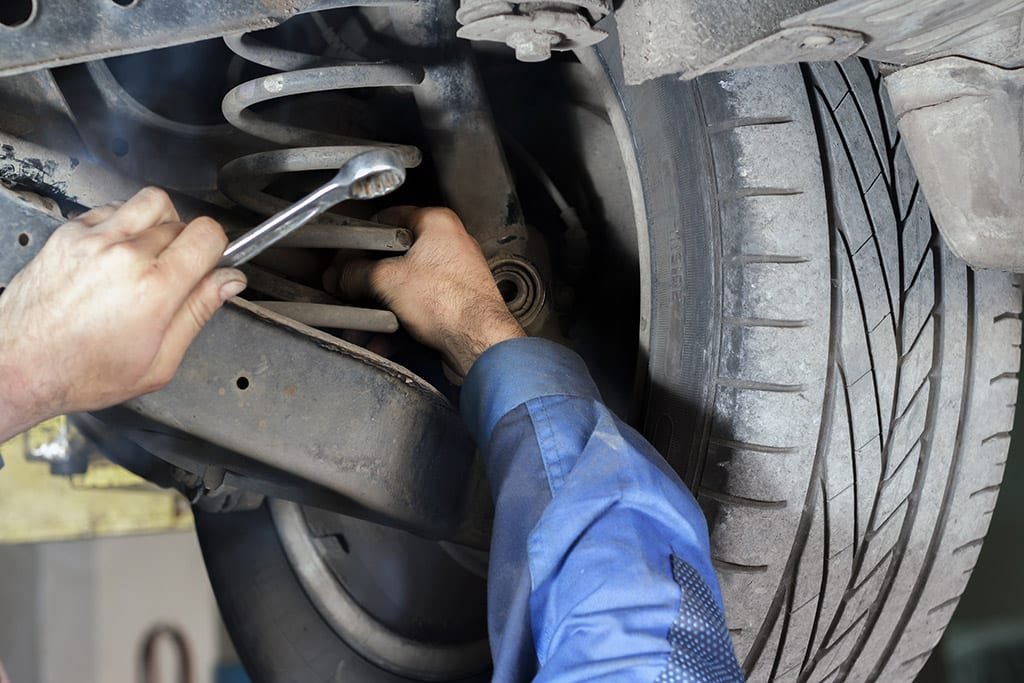
- Vehicle Compatibility: Ensure the upgrade is suitable for your vehicle.
- Budget and Performance Goals: Consider your budget and desired performance improvements.
Suspension repair is crucial for a smooth and safe ride. We’ve covered how to identify issues, repair steps, costs, and upgrade options. For more tips or to ask questions, leave a comment, share this article, or explore more of our content. Your vehicle’s performance depends on it!
FAQs about Suspension Repair
What are the common signs that my vehicle needs suspension repair?
Your vehicle may need suspension repair if you experience bumpy rides, uneven tire wear, or difficulty steering. Other signs include noises like clunking or rattling when driving over bumps and pulling to one side. Addressing these issues promptly can prevent further damage and ensure your safety on the road.
How much does suspension repair typically cost?
The cost of suspension repair varies depending on the issue and vehicle type. On average, replacing shock absorbers can cost between $200 and $400, while strut replacement ranges from $400 to $800. Coil spring repairs usually cost between $300 and $500. For accurate estimates, it’s best to get quotes from local repair shops.
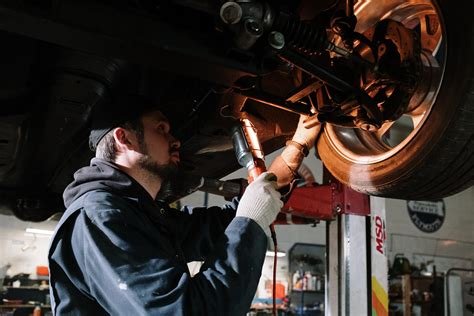
Can I perform suspension repairs myself, or should I hire a professional?
While some suspension repairs, like replacing shock absorbers, can be done by experienced DIYers, most repairs are best handled by a professional mechanic. Professionals have the right tools and expertise to ensure the job is done correctly and safely. For complex issues or if you’re unsure, it’s advisable to seek professional help.
How often should I have my suspension system inspected?
It’s recommended to have your suspension system inspected every 50,000 miles or as suggested by your vehicle’s manufacturer. Regular inspections help identify potential issues before they become major problems, ensuring your vehicle remains safe and comfortable to drive.
What are the benefits of upgrading my suspension system?
Upgrading your suspension system can offer several benefits, including improved handling, better ride comfort, and enhanced safety. Upgrades like performance shocks and struts or adjustable suspension systems can make a significant difference in your vehicle’s driving dynamics and overall performance.